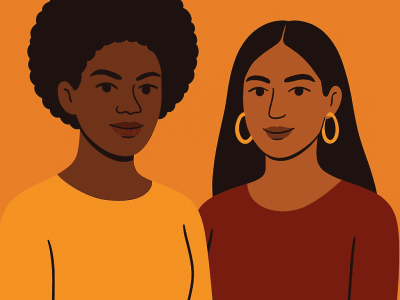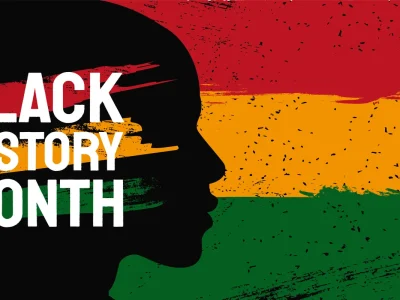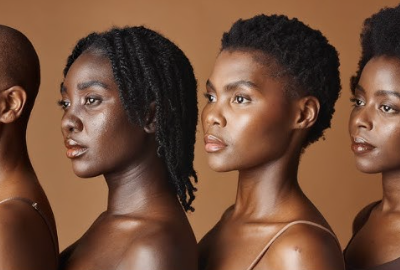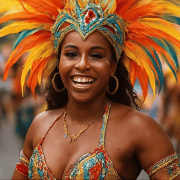This August bank holiday, the streets of West London will once again explode with colour, rhythm, and the irresistible energy of the Notting Hill Carnival. Attracting around two million people every year, it is Europe’s largest street festival and one of the world’s most important celebrations of Caribbean culture.
A Celebration Born from Struggle and Community
The carnival’s roots stretch back to 1959, when Trinidadian activist Claudia Jones organised a Caribbean carnival at St Pancras Town Hall. It was a powerful response to the racial tensions and attacks that plagued London at the time, designed to uplift the Black community through music, dance, and culture. A few years later, in 1966, social worker Rhaune Laslett brought the spirit of carnival outdoors in Notting Hill, inviting local Caribbean residents to join. The sound of steel pans filled the streets, courtesy of the Russell Henderson band, laying the foundation for what was to come.
By the 1970s, the carnival had expanded under the guidance of figures such as Leslie “Teacher” Palmer, who introduced masquerade bands, sound systems, sponsorship, and a broader route. From a few thousand attendees, the event grew into a festival of tens of thousands, eventually becoming the two-million-strong spectacle we know today. Its essence remains deeply tied to the five disciplines of carnival: masquerade, calypso, soca, steelpan, and sound systems. Above all, it stands as a vibrant display of resilience, multiculturalism, and joy.
Carnival 2025: The Weekend Ahead
This year’s celebrations begin on Saturday, August 23, with the Panorama Steel Band Competition at Emslie Horniman’s Pleasance Park. The ticketed event showcases the UK’s best steel orchestras in a dazzling evening of rhythm and energy, setting the tone for the days ahead.
On Sunday, August 24, the festival comes alive with Family Day, beginning at dawn with the traditional J’ouvert celebrations. Revellers cover themselves in paint and powder in a joyful “Dutty Mas” procession, a nod to carnival traditions from the Caribbean. From 10 am, the Children’s Parade takes over the streets, with young masqueraders in costume adding their own colour to the carnival atmosphere. Throughout the day, sound systems and food stalls will line the streets, serving up everything from soca beats to jerk chicken.
The biggest spectacle comes on Monday, August 25, when the Adults’ Parade begins at 10:30 am. Masquerade bands, dancers, drummers, and steelpan groups will flow through Notting Hill, Ladbroke Grove, Westbourne Park, and along iconic streets like Portobello Road and All Saints Road. With more than 30 official sound systems dotted across the area, the music ranges from reggae and soca to house and samba, creating a city-wide dance floor that runs until the early evening.
More Than Just a Party
For many, Notting Hill Carnival is more than a weekend of dancing and spectacle. It is a living tradition that speaks to the resilience and creativity of the Caribbean diaspora in Britain. What began as an act of resistance has evolved into a global celebration of identity, culture, and inclusion, and it continues to carry a message of unity and solidarity.
This year promises the full spectrum of carnival magic: dazzling costumes, booming sound systems, Caribbean delicacies like roti and pepper pot, and a community spirit unlike any other. Whether you’re heading to J’ouvert at sunrise, bringing children to Sunday’s parade, or joining the grand festivities on Monday, Notting Hill Carnival 2025 will once again be a celebration to remember.

















